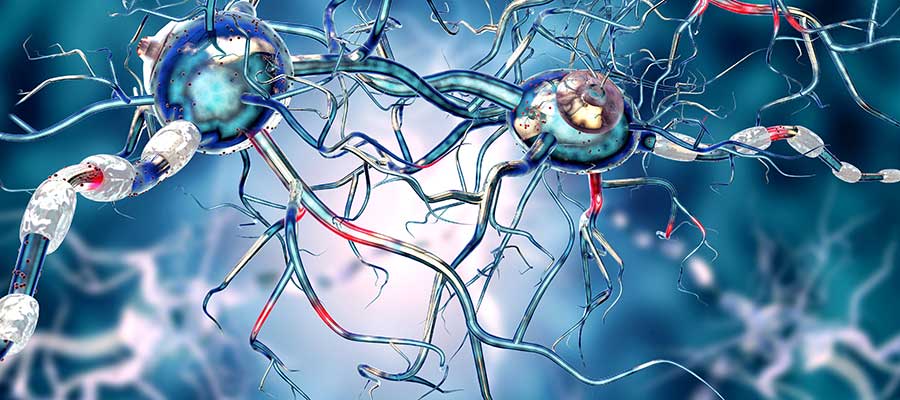Neurological Disease Research

More than one in four Singaporeans will suffer from a neurological condition within their lifetime. The prevalence of neurological disorders such as dementia and Parkinson’s disease is expected to rise further with the increasing life expectancy and an ageing population. These trends signify an urgent need to reduce disease burden and improve quality of life, through innovative research into the genetics and genomics underlying neurological disorders. Some projects in neurological disease at GIS are:
Parkinson’s disease genetics in East Asians
We are studying the genetics of Parkinson’s disease in East Asian populations in collaboration with the National Neuroscience Institute with whom we co-lead the Asia Parkinson’s disease Genetics consortium. We have collected ~7,000 cases and 25,000 controls which were analysed in a genome-wide association study to identify common genetic risk variants influencing Parkinson’s disease (Foo et al JAMA Neurol 2020). We are also doing whole exome sequencing of up to 5000 cases 5000 controls to identify genes with rare, high-penetrance variants influencing Parkinson’s disease risk. Disease-associated variants are being modelled in human pluripotent stem cell models including midbrain organoid models (Jo et al Cell Stem Cell 2016, Ann Neurol 2021).
Somatic mosaicism in Parkinson’s disease brains
We are applying single cell genomics technology at GIS to study somatic mosaicism in post-mortem human brain tissue. This is a collaboration with Imperial College and Parkinson’s UK brain bank which provides access to up to 500 post-mortem brain tissue from Parkinson’s disease patients. We are working on methods for single cell DNA sequencing to identify age-accumulated and postzygotic somatic mutations that may contribute to neurodegeneration.
Genetics of Vascular Dementia and Alzheimer’s disease
Dementia, a neurodegenerative disease characterized by cognitive decline that interferes with one’s independence in everyday activities, represents a major public health concern in Singapore and worldwide. According to the World Alzheimer Report 2021, over 55 million people live with dementia worldwide with forecasts reaching 78 million by 2030. In Singapore, findings from the WiSE study showed that 1 in 10 Singaporean aged 60 and above may have dementia and the prevalence of dementia in Singapore is expected to exceed 100,000 over the coming few years. While existing GWAS have identified risk loci in sporadic Alzheimer’s disease (AD) and Vascular Dementia (VaD), most of the studies are conducted in Caucasian populations which may not be generalisable to Asian populations. Hence it will be imperative to validate the current known genetic risk variants of AD and VaD in Asian populations. Furthermore, existing findings likely explain only a fraction of the heritability of AD and VaD. Therefore studies in individuals with biomarker-proven AD and neuroimaging features supportive of svCVD are needed to further detect novel genetic risk variants. In a cohort of AD and VaD subjects and ethnically-matched controls from Singapore, we aim to study genetic and epigenetic biomarkers and related biological mechanisms underlying neurodegenerative diseases.
Single-cell Spatial Omics
The human brain contains around 100 billion cells and 100 trillion connections. One of the top challenges in decoding neurological disorders is thus the immense diversity of cell types and connections within the human brain, and the selective vulnerability of certain brain regions and cell types. Methods that perform molecular profiling at single-cell resolution are thus key to revealing pathophysiology and actionable disease traits. Increasingly, methods that can simultaneously capture the spatial organisation of many individual cells within intact brain tissue have gained momentum for their huge promise in revealing hitherto hidden disease phenotypes and interactions. Single-cell and spatial transcriptomic analysis is thus rapidly transforming investigation into neurological disorders, and at GIS we are applying these technologies to chart neurodevelopment and neurodegeneration using patient-derived brain organoids, genetic models and primary tissue. Emerging opportunities include multi-omic analyses and new tech development, and partnerships with local institutions to kick-start population-wide initiatives.
Contact:
Prof Liu Jian Jun
liuj3@gis.a-star.edu.sg
A*STAR celebrates International Women's Day

From groundbreaking discoveries to cutting-edge research, our researchers are empowering the next generation of female science, technology, engineering and mathematics (STEM) leaders.
Get inspired by our #WomeninSTEM
.png?sfvrsn=2e525642_5)